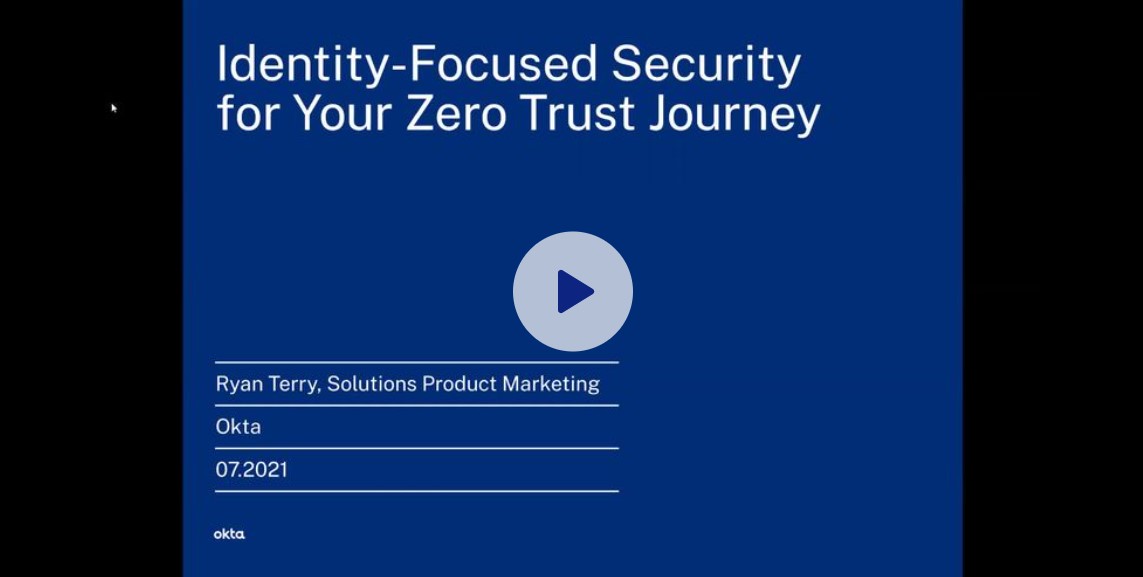White House issues memorandum to bolster national security systems
Agencies must now implement multi-factor authentication within 180 days, along with encryption for data at rest and in transit


The White House issued a memorandum on Wednesday detailing new cyber security requirements and timelines to protect national security systems.
The Memorandum on Improving the Cybersecurity of National Security, Department of Defense, and Intelligence Community Systems, builds on an Executive Order issued last May to bolster cyber security across the federal government. It identifies more requirements for national security systems that go beyond those in the original document.
The memorandum requires agencies to inventory all systems affecting national security within 90 days. It also calls for an incident reporting and response program with clear reporting deadlines.
It also addresses systems that span different security domains, such as those designed for sharing information between different agencies.
The head of the National Security Agency will act as a national manager and advise on their security, the memorandum says. The national manager is responsible for advising on and enforcing most of the requirements in the memorandum.
The Executive Order last May requested the implementation of zero-trust architectures, but today's memorandum puts a timeline on it. It calls on the head of each agency to create an implementation plan within 60 days, incorporating the National Institute of Standards and Technology's (NIST) zero-trust guidance documents.
Agencies must also implement multi-factor authentication within 180 days, along with encryption for data at rest and in transit, the memorandum said.
Sign up today and you will receive a free copy of our Future Focus 2025 report - the leading guidance on AI, cybersecurity and other IT challenges as per 700+ senior executives
RELATED RESOURCE

Identity-focussed security for your zero trust journey
Steps to protect your business from identity-driven threats
The memorandum also accounts for quantum-proof encryption, which researchers are designing to ensure that encrypted data is protected against quantum computers. Quantum systems will eventually be able to unlock data encrypted by conventional asymmetric encryption algorithms when they become powerful enough, fear experts.
The memorandum calls for agencies to identify any encryption that isn't compliant with an NSA-approved list of quantum-proof encryption algorithms within 180 days. They must also provide a timeline to swap out these algorithms, it adds.
Other mandatory measures include a program for collaboration between defense and intelligence agency participants on cyber security incident response and cloud security.
Danny Bradbury has been a print journalist specialising in technology since 1989 and a freelance writer since 1994. He has written for national publications on both sides of the Atlantic and has won awards for his investigative cybersecurity journalism work and his arts and culture writing.
Danny writes about many different technology issues for audiences ranging from consumers through to software developers and CIOs. He also ghostwrites articles for many C-suite business executives in the technology sector and has worked as a presenter for multiple webinars and podcasts.
-
 Trump's AI executive order could leave US in a 'regulatory vacuum'
Trump's AI executive order could leave US in a 'regulatory vacuum'News Citing a "patchwork of 50 different regulatory regimes" and "ideological bias", President Trump wants rules to be set at a federal level
-
 TPUs: Google's home advantage
TPUs: Google's home advantageITPro Podcast How does TPU v7 stack up against Nvidia's latest chips – and can Google scale AI using only its own supply?
-
 Microsoft Authenticator mandates number matching to counter MFA fatigue attacks
Microsoft Authenticator mandates number matching to counter MFA fatigue attacksNews The added layer of complexity aims to keep social engineering at bay
-
 As Google launches passwordless authentication for all, what are the business benefits of passkeys?
As Google launches passwordless authentication for all, what are the business benefits of passkeys?News Google follows Apple in its latest shift to passwordless authentication, but what are the benefits?
-
 There's only one way to avoid credential stuffing attacks
There's only one way to avoid credential stuffing attacksOpinion PayPal accounts were breached last year due to a credential stuffing attack, but can PayPal avoid taking responsibility?
-
 Google Authenticator 2FA update accused of making service less secure
Google Authenticator 2FA update accused of making service less secureNews Lack of end-to-end encryption in code backup has some developers worried
-
 Five things to consider before choosing an MFA solution
Five things to consider before choosing an MFA solutionIn-depth Because we all should move on from using “password” as a password
-
 What is multi-factor authentication (MFA) fatigue and how do you defend against attacks?
What is multi-factor authentication (MFA) fatigue and how do you defend against attacks?In-depth Strong authentication is key to security, but it needs to be properly managed to avoid MFA fatigue
-
 Beyond Identity strikes up strategic partnership with World Wide Technology
Beyond Identity strikes up strategic partnership with World Wide TechnologyNews WWT will implement Beyond Identity’s authentication platform internally while also acting as a global channel partner
-
 Implementing strong authentication across your business
Implementing strong authentication across your businessIn-depth Strong authentication is hugely important, but implementing any regime at scale is not without its challenges
